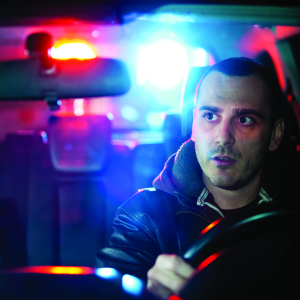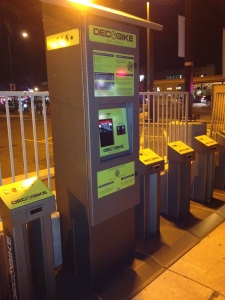Before January 1st, 2014, California law enforcement agencies were using California Vehicle Code (VC) Sections 23152(a) and (b) to prosecute cases involving alcohol, drugs, or a combination of alcohol and drugs.
VC 23152(a) stated, “It is unlawful for any person who is under the influence of any alcoholic beverage or drug, or under the combined influence of any alcoholic beverage and drug, to drive a vehicle.” VC 23152(b) read, “It is unlawful for any person who has a 0.08 percent or more, by weight, of alcohol in his or her blood to drive a vehicle.”
As of January 1st, 2014, the State of California added two more driving under the influence code sections, 23152(e) and 23152(f), thus separating out the alcohol and drug cases.
VC 23152(a) has been updated to read, “It is unlawful for a person who is under the influence of any alcoholic beverage to drive a vehicle.” Section 23152(b) has been changed to, “It is unlawful for a person who has a 0.08 percent or more, by weight, of alcohol in his or her blood to drive a vehicle.”
The new VC 23152(e) provides, “It is unlawful for any person who is under the influence of any drug to drive a vehicle.” And, under VC Section 23152(f), “It is unlawful for a person who is under the combined influence of any alcoholic beverage and drug to drive a vehicle.”
After the first quarter of the year, it is unclear how the court will handle the new version of this vehicle code section. Still, the 2014 California Jury Instructions uses only the (a) and (b) sections as they were used before, (see CALCRIM No. 2110 and 2111).
As for the administrative portion of a drunk driving matter, the DMV Driver Safety Office does not address drug impairment at the APS Hearing. The hearing only focuses on alcohol and BAC. However, you can speculate that with the push for more legislation on DUI’s, such as the proposed AB 2500, drug DUI enforcement and penalties may become stricter in the future.
If you have been arrested for driving under the influence due to alcohol, drugs, or a combination of alcohol and drugs, you owe it to yourself to seek help from a criminal defense attorney who exclusively deals with DUI matters.
Continue reading ›
 It’s common knowledge that driving under the influence of drugs is illegal in California. However, determining exactly what constitutes “driving under the influence of drugs” may come as a surprise. Vehicle Code § 23152(f) is the law that makes driving under the influence of drugs illegal. The law is about as clearly written as it can be: “It is unlawful for a person who is under the influence of any drug to drive a vehicle.”
It’s common knowledge that driving under the influence of drugs is illegal in California. However, determining exactly what constitutes “driving under the influence of drugs” may come as a surprise. Vehicle Code § 23152(f) is the law that makes driving under the influence of drugs illegal. The law is about as clearly written as it can be: “It is unlawful for a person who is under the influence of any drug to drive a vehicle.” San Diego DUI Lawyers Blog
San Diego DUI Lawyers Blog






